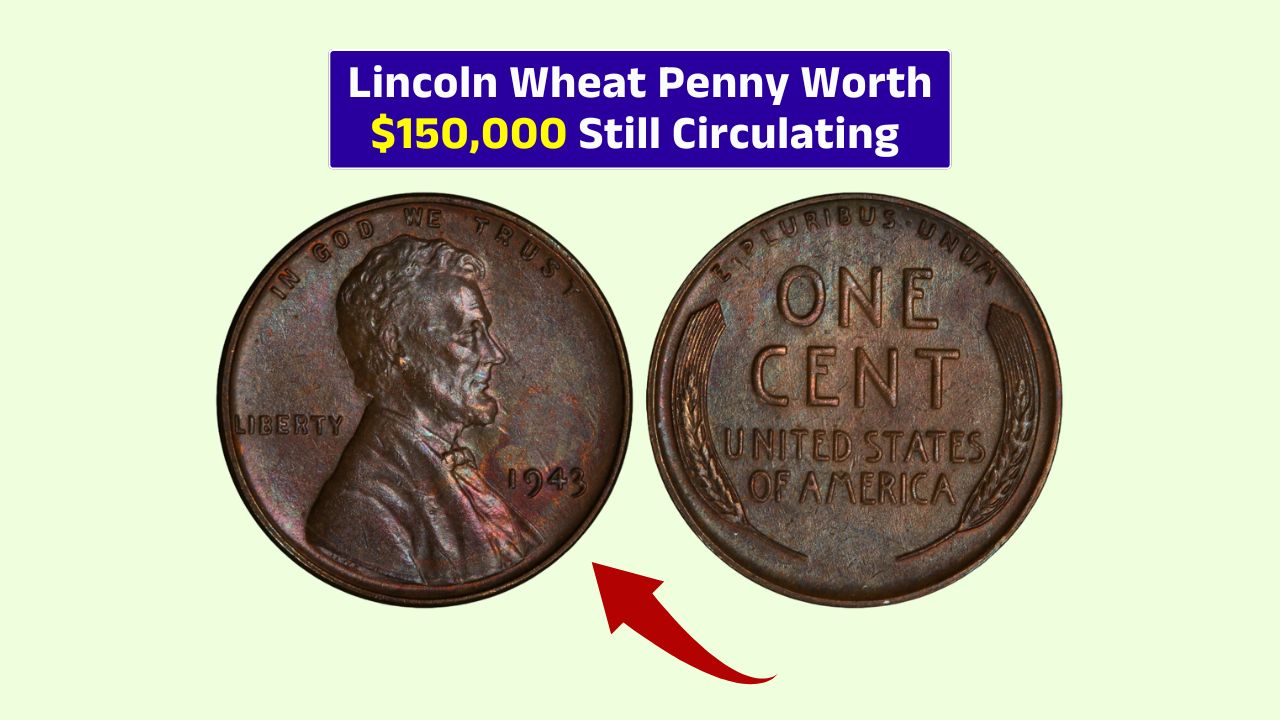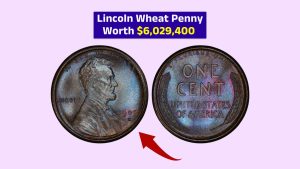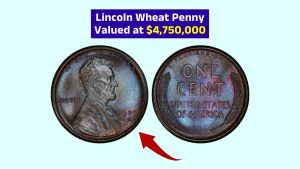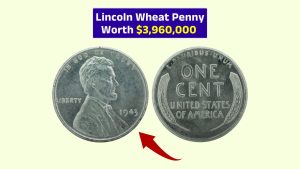Most people know that in 1943, U.S. pennies were made of steel to save copper for the war. But what if we told you there were a few rare bronze cents made that same year—not by mistake, but on purpose?
These 1943 experimental bronze cents are ultra-rare coins that can easily sell for over $150,000. They’re not mint errors like the famous 1943 bronze penny, but specially made test pieces the U.S. Mint created behind the scenes.
Experiments
In 1943, the U.S. Mint needed to cut back on copper, which was vital for ammunition and military equipment. So, regular pennies were made of zinc-coated steel.
However, behind closed doors, the Mint also experimented with new metal mixtures to find the best alternative for future coin production.
One such experimental alloy they tried included:
- 91.7% copper
- 7.5% zinc
- 0.8% silver
This mix was different from the typical bronze used before the war and gave the coin a slightly different color and feel. These weren’t accidents—they were scientific trials, and only a handful were ever struck.
Appearance
So, how do you know if you’re looking at one of these rare test coins and not just a regular 1943 bronze error penny?
Experts check several features:
- Color: It may look a little duller than regular copper.
- Design: The coin might show less sharp detail, especially on Lincoln’s face or the wheat stalks.
- Weight & Metal: It has a unique weight and composition that can be confirmed with lab testing.
Because the alloy didn’t strike the design as cleanly as regular bronze, the experimental coins often have softer or shallower details.
Scarcity
Most of these coins never entered circulation. They were struck for testing, evaluated, and stored or destroyed. A few escaped destruction and ended up in the hands of collectors or museums.
One confirmed example is now housed in the Edward C. Rochette Money Museum in Colorado Springs, proving that these test coins are real and extremely rare. In fact, most collectors will never see one in person, let alone own one.
Value
If you’re lucky enough to find one, you’re probably holding a six-figure treasure. These coins have sold for at least $150,000 depending on condition, documentation, and verification. Because so few exist and each tells a unique story, collectors are always on the hunt.
Here’s a look at their potential value:
| Coin Type | Estimated Value |
|---|---|
| 1943 Bronze Error Penny | $100,000 – $250,000+ |
| 1943 Experimental Bronze Cent | $150,000 – $200,000+ |
They’re valued just as much—sometimes even more—than their famous error coin cousins.
Verification
Don’t guess. If you suspect you have a 1943 bronze penny that doesn’t quite look like the usual ones, get it graded by a top service like:
- PCGS (Professional Coin Grading Service)
- NGC (Numismatic Guaranty Corporation)
These professionals can test the metal composition, verify authenticity, and give your coin an official grade. Without certification, it’s almost impossible to get top dollar for a coin this rare.
The 1943 experimental bronze cent isn’t just a coin—it’s a rare glimpse into history. These test coins were quietly created during one of the most intense periods in American history.
While they never went into mass production, their value has only grown with time. If you happen to come across one, get it verified right away. It might just be a six-figure slice of World War II history hiding in your collection.
FAQs
What makes the 1943 experimental penny rare?
It was a test coin never meant for circulation.
How is it different from the 1943 bronze error?
The experimental coin was planned, not accidental.
What metals are in the experimental coin?
Copper, zinc, and a small amount of silver.
Where can I verify this coin?
Get it graded by PCGS or NGC.
What is the coin’s estimated value?
Usually $150,000 or more depending on condition.



